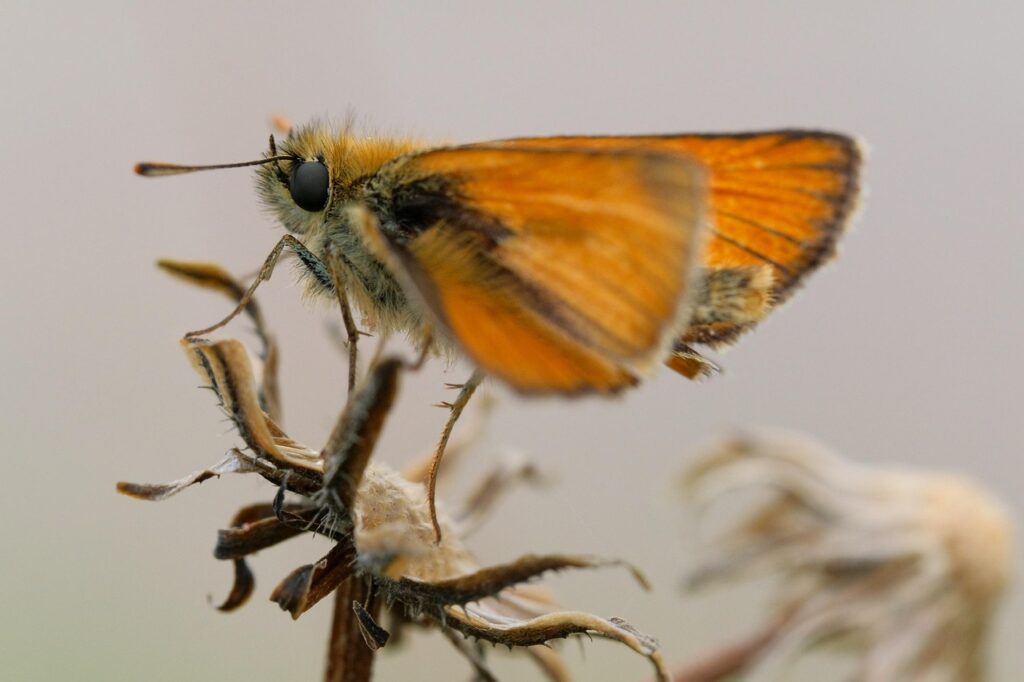That beautiful arrangement of dried lavender and roses sitting on your windowsill might be harboring more than just pleasant memories of last summer’s garden. What looks like a harmless collection of preserved blooms could actually be serving as an all-you-can-eat restaurant for dozens of tiny creatures you never knew existed. While we admire the rustic charm of dried flowers, countless insects see them as prime real estate and a gourmet meal rolled into one.
The Hidden World of Flower-Eating Insects
Dried flowers create an ecosystem that’s invisible to the naked eye but bustling with activity. These preserved botanicals contain concentrated nutrients that many insects find irresistible – proteins, sugars, and essential oils that become more accessible once the flower’s natural defenses have dried up.
Think of it like leaving a trail of breadcrumbs through a forest. Beetles, moths, and mites can detect these concentrated food sources from surprising distances. The drying process actually breaks down cell walls, making the nutrients easier for small insects to access and digest.
Carpet Beetles: The Most Common Culprits
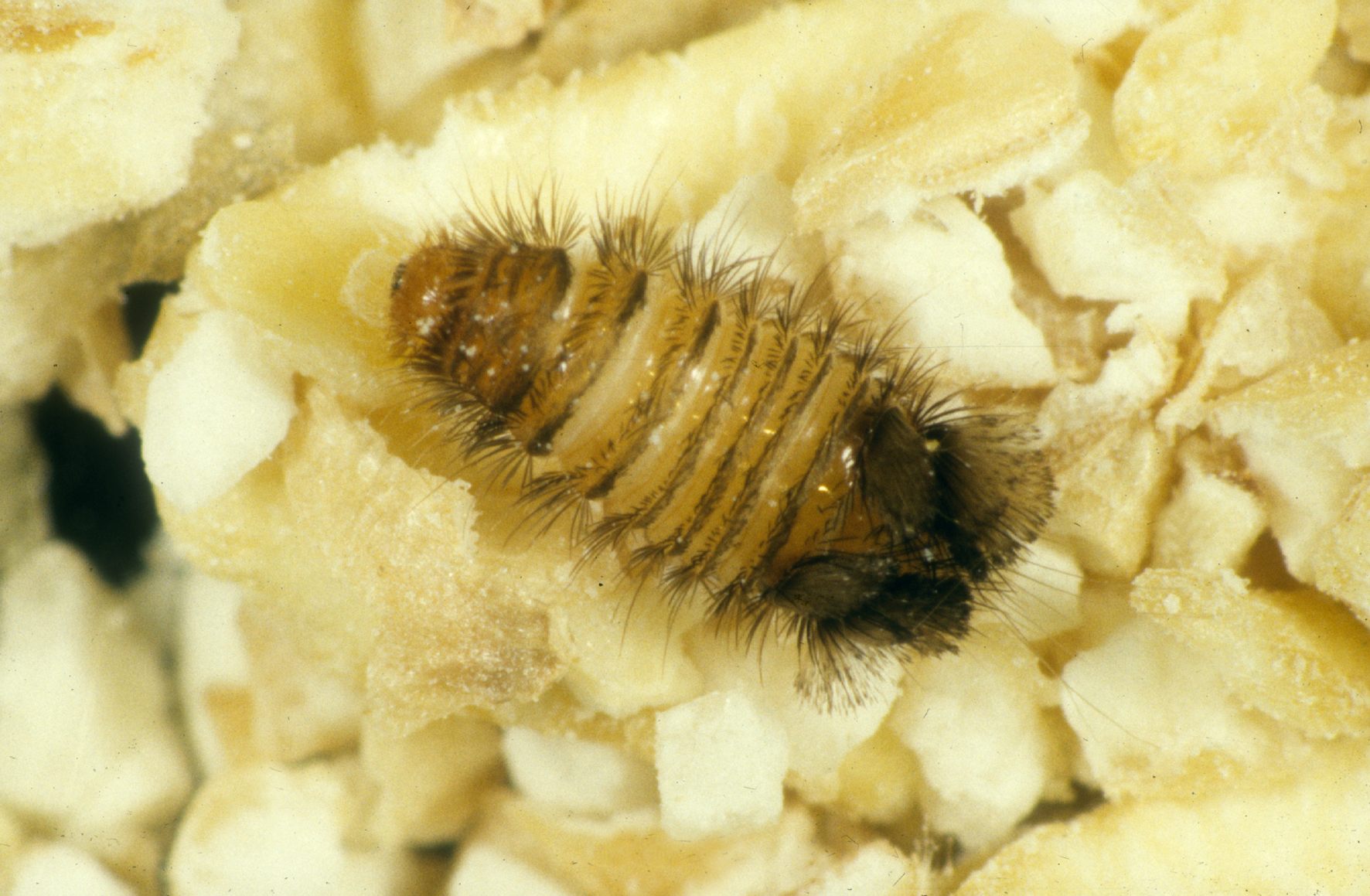
If you’ve ever noticed tiny holes in your dried flower arrangements, you’ve likely encountered carpet beetles. These small, oval-shaped insects are perhaps the most notorious dried flower destroyers in homes worldwide. Adult carpet beetles are actually quite harmless – it’s their larvae that cause all the trouble.
The larvae look like tiny, fuzzy caterpillars and have an appetite that would make a teenager jealous. They’ll munch through petals, stems, and even the string holding your dried bouquet together. One female carpet beetle can lay up to 100 eggs, turning your peaceful flower display into a nursery for hungry babies.
Drugstore Beetles and Their Surprising Appetites
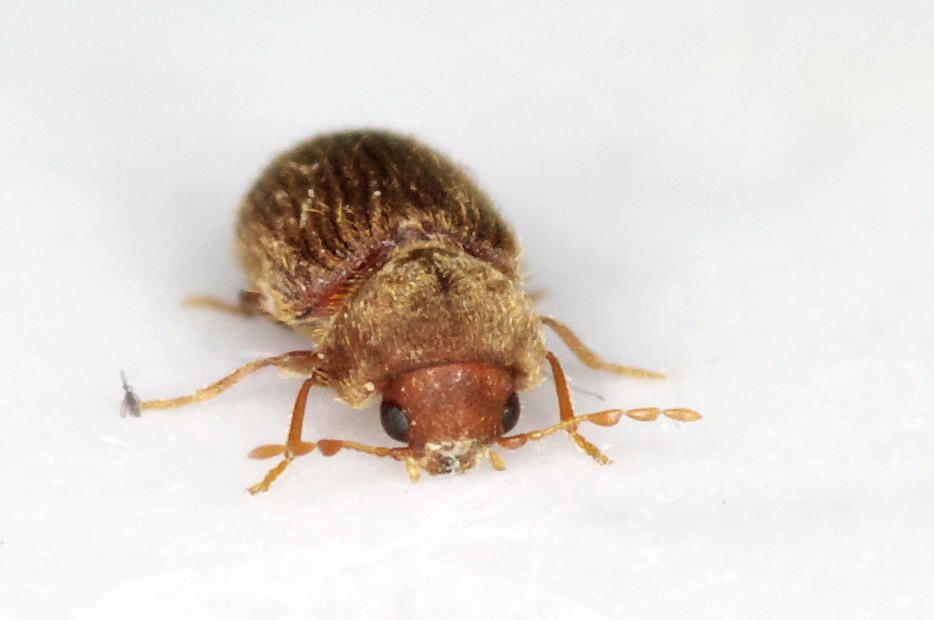
Don’t let the name fool you – drugstore beetles aren’t picky about their dining locations. These reddish-brown insects, about the size of a pinhead, got their name from infesting old apothecary shops where dried herbs were stored. Today, they’re just as happy to feast on your dried peonies or baby’s breath.
What makes drugstore beetles particularly troublesome is their ability to bore through surprisingly tough materials. They can chew through thin plastic bags, cardboard, and even some types of fabric to reach their floral feast. Once they’ve established themselves, they’re notoriously difficult to eliminate.
The Moth Problem: More Than Just Clothing Damage
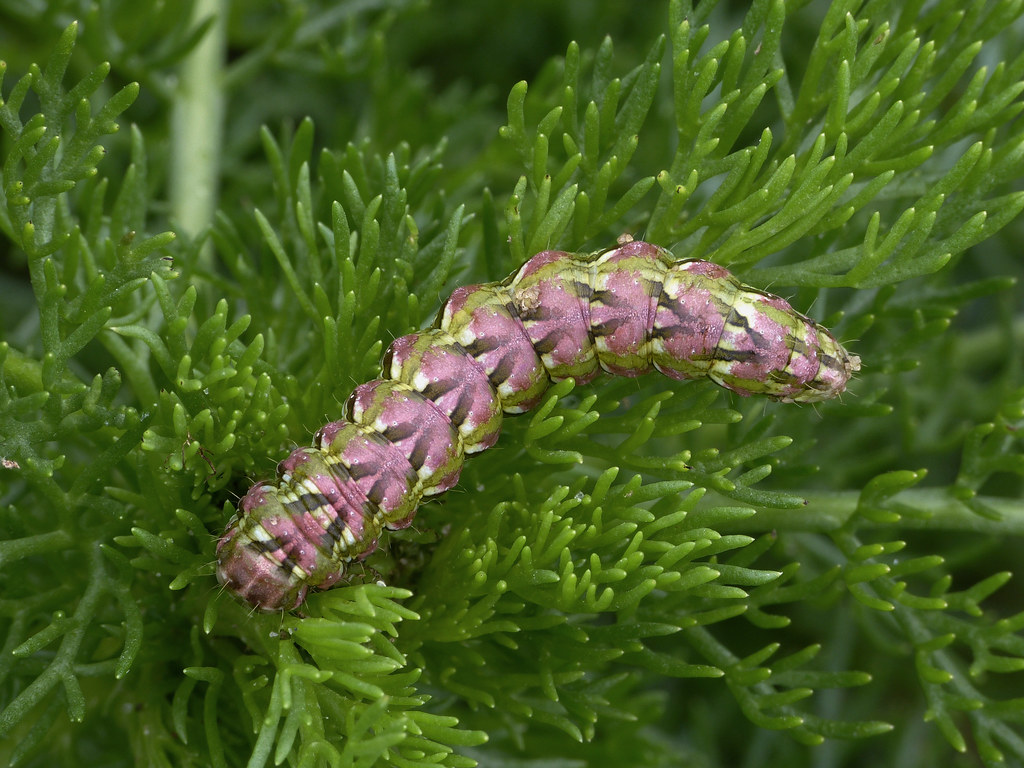
Most people associate moths with holes in sweaters, but several species have a particular fondness for dried plant material. The brown house moth and the white-shouldered house moth are frequent visitors to dried flower arrangements, where they lay their eggs in the perfect hiding spots between petals and stems.
The real damage comes from their caterpillars, which can strip dried flowers down to bare stems in a matter of weeks. These moth larvae are particularly attracted to flowers that were dried with their natural oils intact, such as lavender, rosemary, and eucalyptus.
Microscopic Mites: The Invisible Invaders

While you’re worrying about beetles and moths, an entire civilization of microscopic mites might be thriving in your dried flowers. These eight-legged creatures are so small they’re nearly invisible to the naked eye, but they can cause significant damage over time.
Mites feed on the organic matter in dried flowers, breaking down the plant material and leaving behind a fine dust that can trigger allergies in sensitive individuals. They reproduce incredibly quickly in warm, dry conditions – exactly the environment most homes provide for dried flower displays.
Why Dried Flowers Are Perfect Insect Habitats
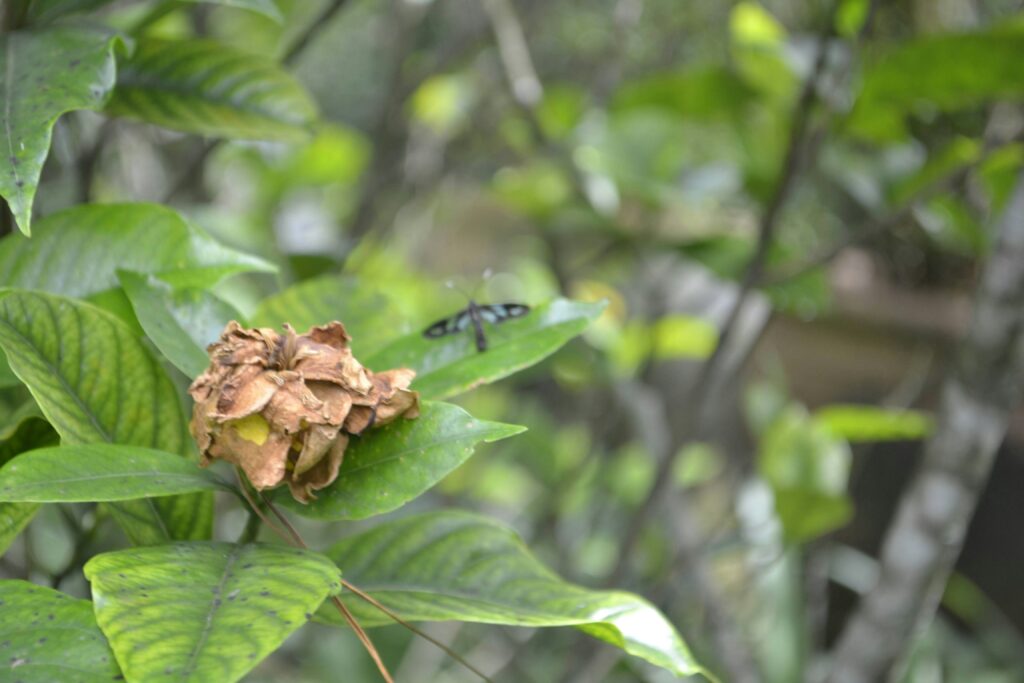
The process of drying flowers removes moisture but concentrates everything else that insects love. Sugars become more accessible, proteins break down into digestible compounds, and essential oils that once protected the living plant become concentrated attractants for bugs.
Dried flowers also provide excellent shelter. The papery petals and hollow stems create countless hiding spots where insects can live, breed, and feed without disturbance. It’s like offering them a luxury apartment complex with room service included.
The Role of Moisture in Bug Attraction

Even though dried flowers have most of their moisture removed, they’re still hygroscopic – meaning they absorb moisture from the air around them. This creates microclimates of higher humidity within your arrangements, which many insects find irresistible.
In bathrooms or kitchens where humidity levels fluctuate, dried flowers can become particularly attractive to moisture-loving insects. The combination of accessible nutrients and periodic moisture spikes creates ideal conditions for insect reproduction and survival.
Storage Methods That Attract Unwanted Guests
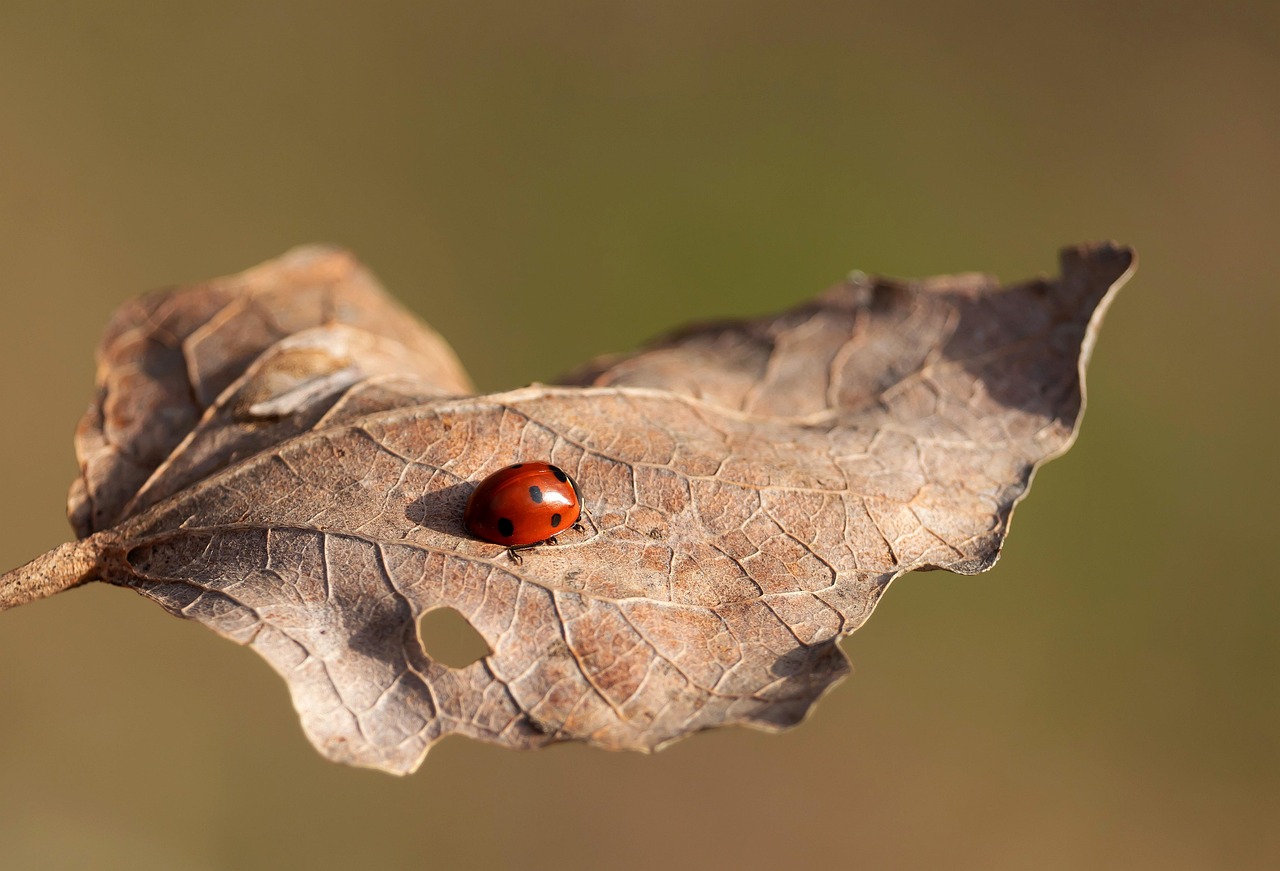
How you store your dried flowers can make the difference between a beautiful display and a bug buffet. Storing dried flowers in cardboard boxes, paper bags, or loosely covered containers provides easy access for insects looking for a meal and a place to raise their young.
Dark, undisturbed storage areas are particularly problematic. Insects prefer to feed and reproduce away from light and movement, so that box of dried flowers in your closet or basement might be hosting an entire insect community without your knowledge.
The Science Behind Insect Attraction to Dried Plants
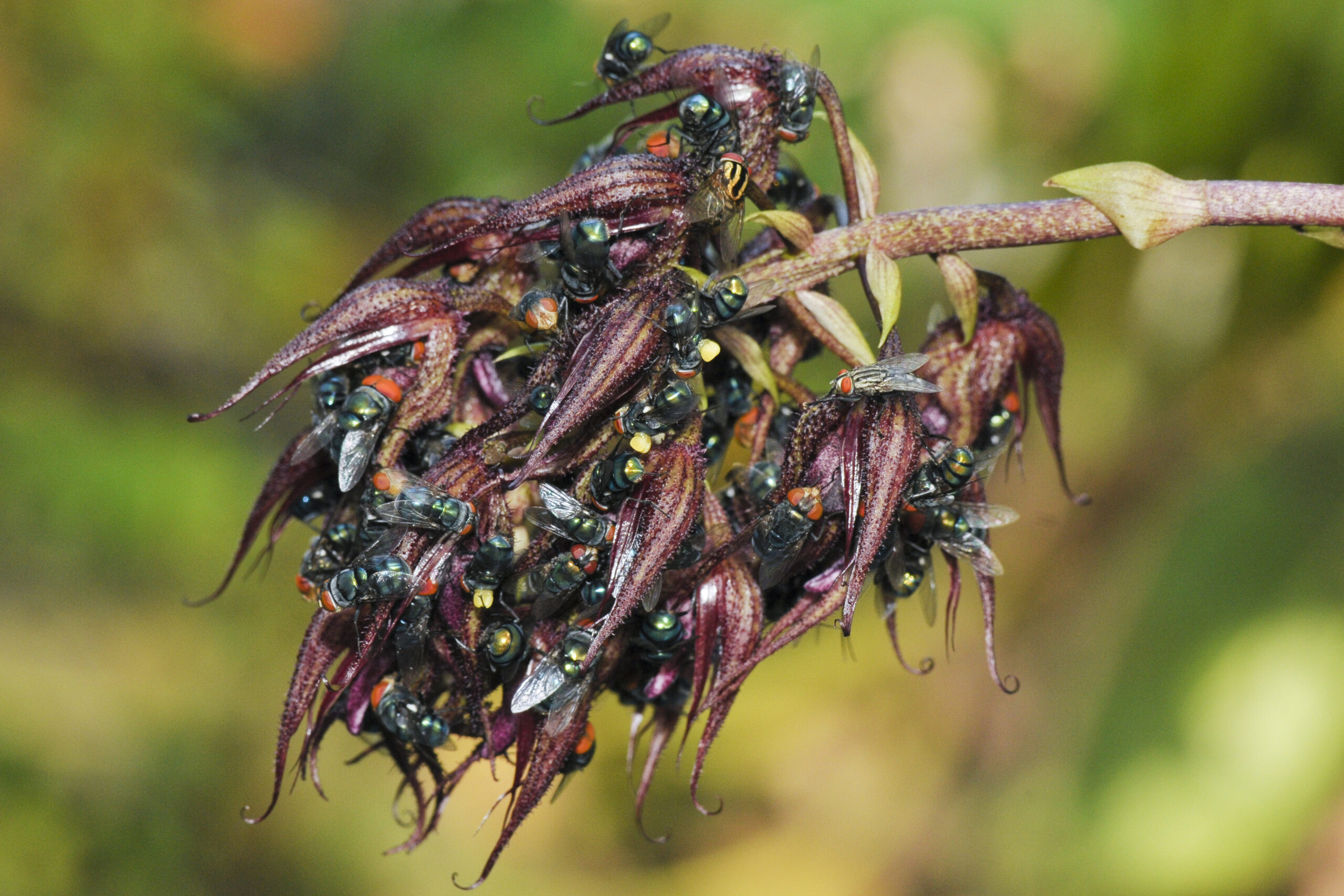
Research has shown that the drying process actually increases the concentration of certain compounds that insects find attractive. Volatile organic compounds (VOCs) that were once locked within living plant cells become more readily available, creating a chemical signal that draws insects from considerable distances.
Some insects can detect these chemical signatures at concentrations measured in parts per billion. It’s like having a neon sign advertising “Free Food Here” that only insects can see, broadcasting continuously from your dried flower arrangements.
Seasonal Patterns in Dried Flower Infestations

Insect activity around dried flowers follows predictable seasonal patterns. Spring and early summer see the highest levels of infestation as insects emerge from winter dormancy and begin their reproductive cycles. This is when adult beetles, moths, and other insects are actively seeking places to lay their eggs.
Fall can bring a second wave of activity as insects prepare for winter by seeking stable food sources and shelter. Your dried flower arrangements, especially those created from the current year’s harvest, become particularly attractive during these peak activity periods.
Common Signs Your Dried Flowers Have Become a Bug Buffet
The first signs of insect activity are often subtle. You might notice tiny holes in petals, small piles of what looks like sawdust around your arrangements, or the occasional small beetle or moth flying around your display. These are all red flags that your dried flowers have attracted unwanted guests.
More advanced infestations reveal themselves through more obvious damage – petals falling apart when touched, hollow stems, or the presence of small larvae or pupae hidden within the arrangement. By this point, the insects have likely been feeding and breeding for weeks or even months.
The Hidden Costs of Ignoring the Problem
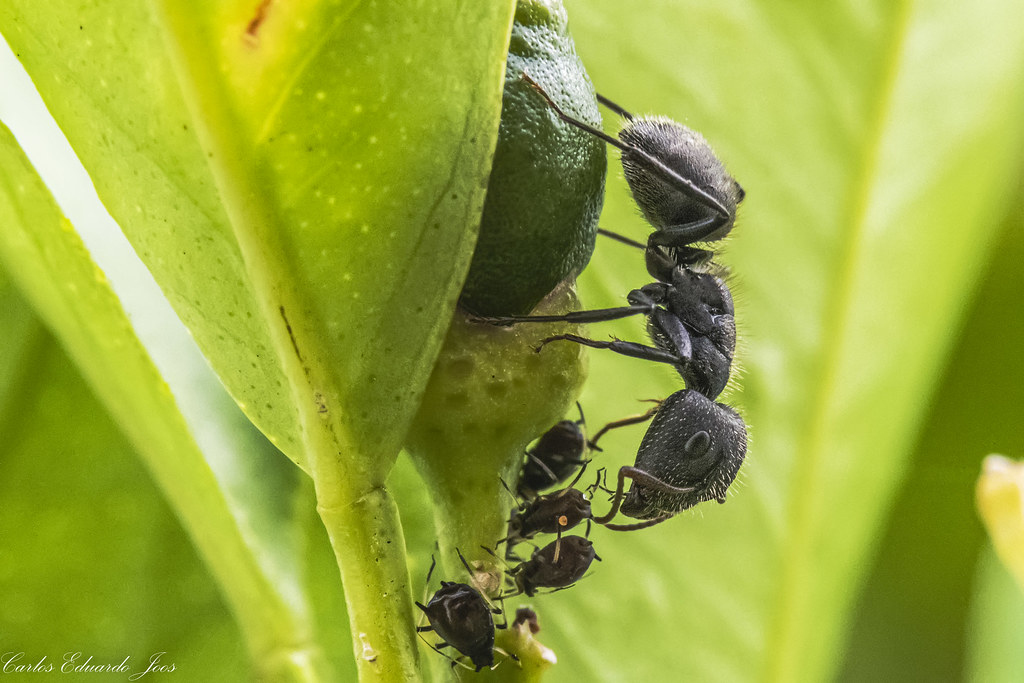
What starts as a few bugs in your dried flowers can quickly spread to other areas of your home. Many flower-eating insects are generalists that will happily move on to other organic materials – books, stored clothing, pantry items, or even wooden furniture.
The economic impact goes beyond replacing damaged dried flowers. Treating a home-wide insect infestation can cost hundreds or even thousands of dollars, not to mention the time and stress involved in dealing with the problem. Prevention is always more cost-effective than treatment.
Natural Prevention Strategies That Actually Work

Fortunately, there are several natural ways to protect your dried flowers from becoming insect magnets. Cedar sachets, diatomaceous earth, and essential oil treatments can create barriers that insects prefer to avoid. The key is understanding that prevention must be ongoing, not just a one-time treatment.
Regular inspection and maintenance are crucial. Gently shaking your dried flower arrangements and checking for signs of insect activity should become part of your routine home care. Early detection makes treatment much more manageable and effective.
When Professional Help Becomes Necessary
Sometimes, despite your best efforts, insect infestations in dried flowers become too extensive to handle with home remedies. Professional pest control services have access to targeted treatments that can eliminate established populations without damaging your arrangements or creating health risks for your family.
The decision to call professionals usually comes down to the extent of the infestation and its spread to other areas of your home. If you’re finding insects in multiple rooms or if home treatments haven’t been effective after several weeks, it’s time to bring in expert help.
Dried flowers will always hold their appeal as natural decorations that bring memories of gardens and seasons past into our homes. However, understanding their potential to attract and harbor insects is crucial for anyone who wants to enjoy these beautiful arrangements without unwanted consequences. The key lies in balancing our love for natural beauty with practical pest prevention strategies. By recognizing the signs early, implementing proper storage and maintenance practices, and knowing when to take action, we can continue to enjoy dried flowers while keeping our homes free from unwanted six-legged visitors. What surprised you most about the hidden world living in dried flowers?

